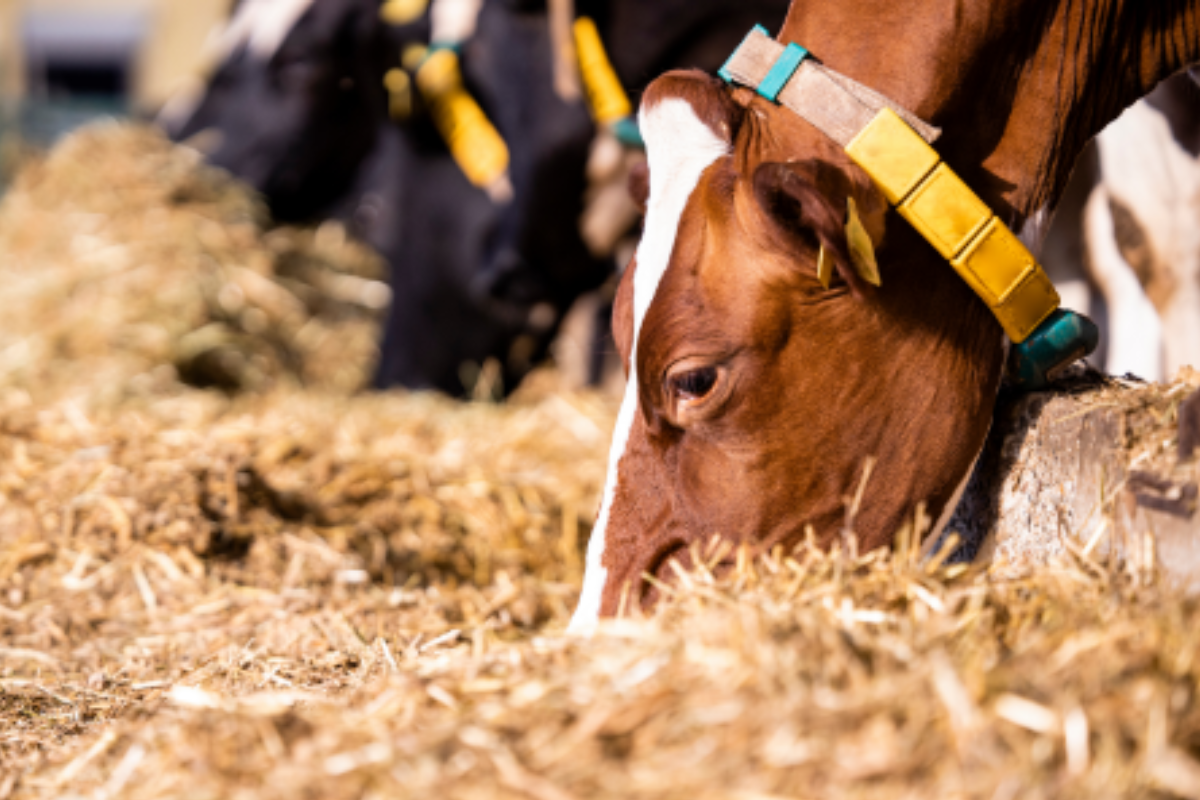Taking Advantage of the Use of Special Yeast Products.
Animal nutrition is always developing, and nutritionists are looking for functional ingredients that provide additional benefits for animal health. Many functional ingredients are thought to decrease the incidence of certain disease states or extend the lifespan of animals by possessing antioxidant activity, antimicrobial action or immuno-enhancing properties. Specialist yeast products show significant potential to support animal health and well-being, particularly during challenging situations, such as digestive disorders caused by a variety of pathogenic bacteria. To reduce the risk of digestive disorders it is critical to keep the concentrations of potential pathogens low while supporting the desired intestinal microbiota and the natural immune defenses of the animal.
Prebiotic polysaccharides like MOS (Mannan-Oligo-Saccharides) and β-1.3-1.6-glucans are the major components of the commercial yeast cell wall products, commonly named MOS products. Due to their specific affinity, MOS can agglutinate onto type-1-fimbriae of pathogens (e.g. E. coli, Salmonella), and thus prevent the adhesion of respective bacteria on the intestinal wall. Since adhesion presents the first step in microbial invasion, blocking of the fimbriae may prevent or eliminate infection. The β-1.3-1.6-glucans are known to have stimulating effects on the unspecific immune system by activating macrophages and increasing the production of cytokines, which are the initiator of the immune response. Thus, they can reinforce the natural defense against bacteria, viruses, and parasites.

Figure 1: Effect of 1% TechnoMos® on the intracellular superoxide production of leucocytes in vitro (Oxidative burst assay, University Wageningen, 2007).
A closer look at quality aspects.
Numerous MOS products are available on the market. Although those materials are primarily derived from Saccharomyces cerevisiae yeast, they differ in their quality depending on origin and processing during manufacturing. The more mannans the product contains, the stronger the pathogen binding effect. Moreover, the starch content should be as low as possible to ensure high purity. There are also differences in the yeast origin: “Primary grown” yeasts (baker’s yeast) are only fermented to produce premium yeast products. Due to the manufacturing process, the cell wall activity of primary grown yeast is greater in comparison to byproducts from beer/ethanol production. Another important characteristic is the particle size; small particles give more surface area resulting in pathogen-binding capacity.
MOS origin affects the adhesion of pathogens.
Due to high variations in yeast cell origin and production processes, respective differences in the efficacy of MOS products can be expected. Vahjen et al. (2015) tested the efficiency of different MOS-products on their capacity to reduce E. coli attachment on intestinal epithelial cells derived from the small intestine of piglets. After incubation of the epithelial cells in the cell culture plates to form a monolayer, the cells were treated with MOS suspensions (1%) of six different MOS products and infected with a fluorescent enterotoxic E. coli K88 strain (ETEC K88). All MOS-products reduced E. coli attachment compared to control without MOS treatment but showed significant differences in their capacity to inhibit pathogen adhesion (Figure 2).

Figure 2 Effect of different MOS products on the proportion of E. coli infected epithelial cells (IPEC J2) ex vivo; abc - different letters indicate significant differences between treatments (P<0.05).
Conclusion.
The use of a MOS product benefits animal health status due to several modes of action. However, it is essential to carefully assess the qualities of the individual MOS products. The mannan and β-1.3-1.6 glucan content, the origin and purity as well as the particle size are critical to the effectiveness of a yeast cell wall product.











